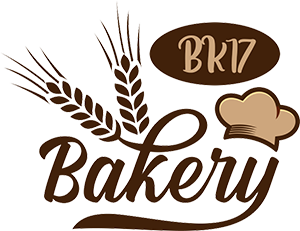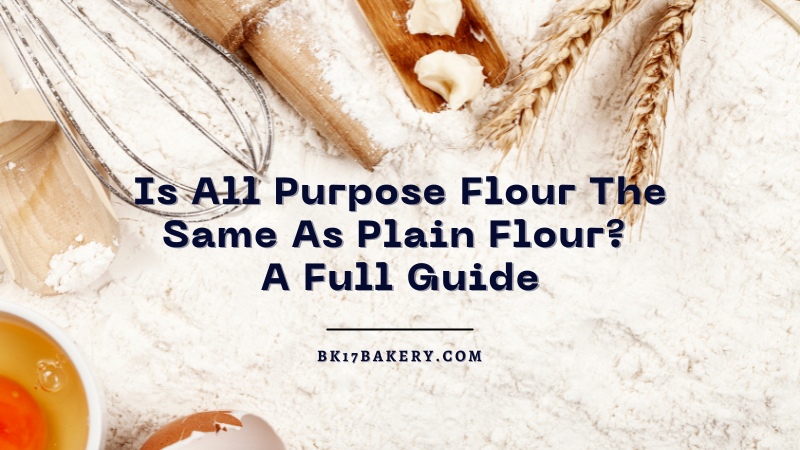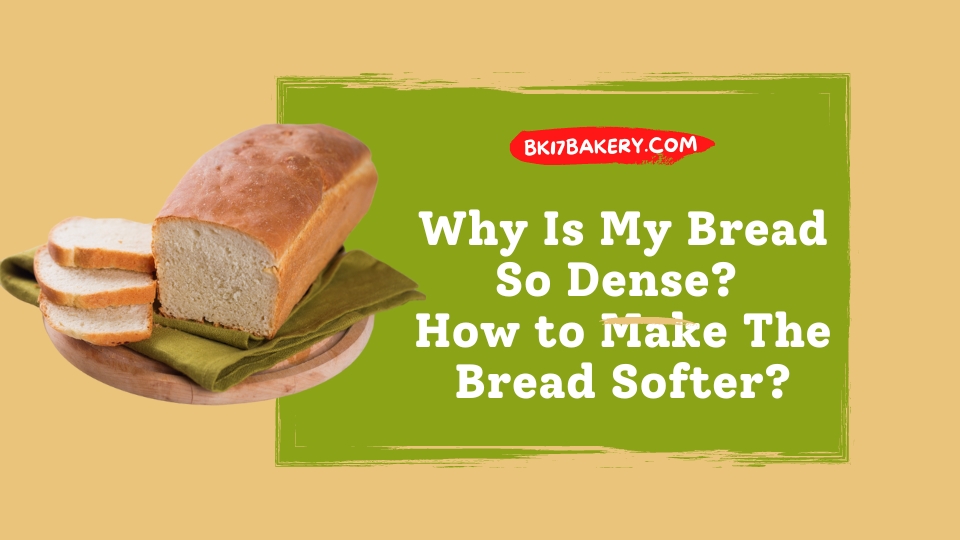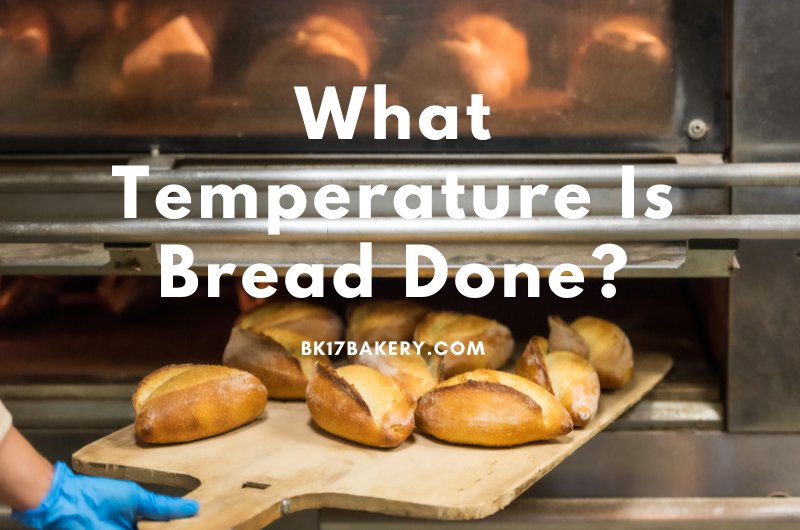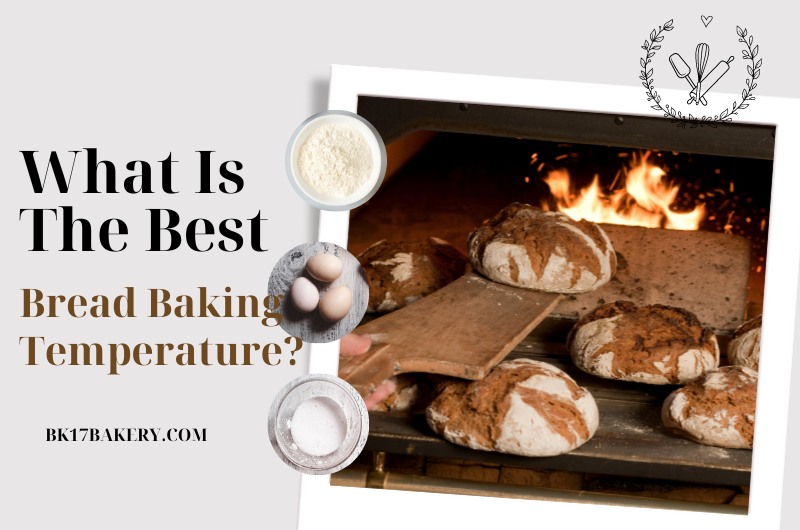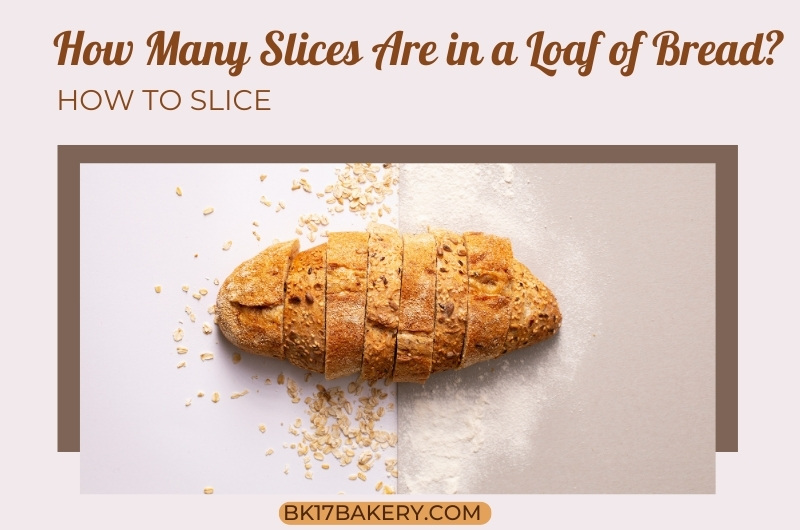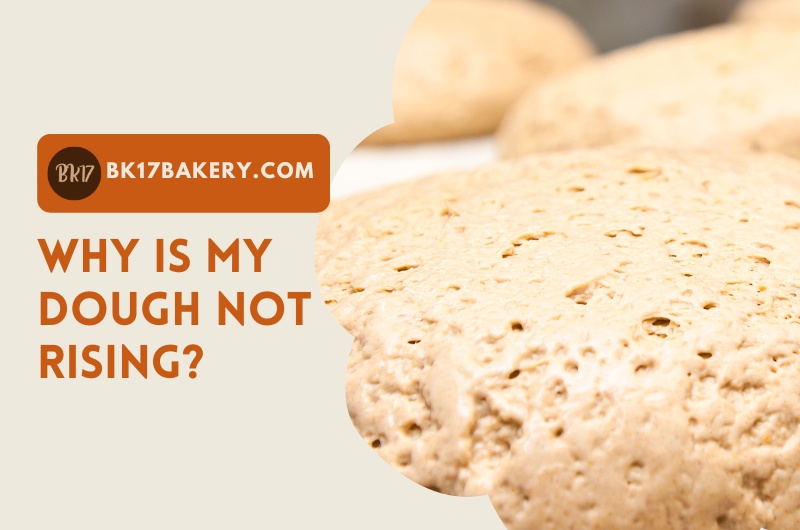Even beginners can understand the importance of flour and yeast in a baking recipe; it is not something you should second-guess!
Hence, it is natural for confused novices to start wondering about the nature of all purpose flour vs plain flour, considering that some recipes use the two terms interchangeably.
Are they identical, or do people only treat them as synonymous for the sake of convenience?
Keep scrolling to learn how things turn out!
In This Article
Is Plain Flour The Same As All Purpose Flour?
Yes. All-purpose flours, commonly used in Northern America, are called plain flours in Australia and the UK. Its powdery, dry, and bland taste explains why they are also titled “plain,” meaning there are no extra enhancements or additives.
What Is It?
All-purpose flours are a basic blend of wheat strains often seen in cooking and baking. They offer a middle-ground base you can rely on to make numerous recipe types – from delicate cakes and pastries to crusty bread.
How to Use Them
When using all-purpose flours, you should combine them with other leavening agents (say, baking powder, yeast, salt, sugar, eggs, or fats). All these mixtures are then cooked or baked on griddles/ovens to create cakes, brown bread, and other treats.
You can also use these flours as thickening agents in stews and soups, combined with fatty content to produce a roux.
I always use plain flour to thicken my favorite chicken and pumpkin soup because cornstarch turns my beloved dish into a thick pudding-like paste.
Unbleached versus Bleached All-Purpose Flour: How They Differ
The names of unbleached and bleached flour speak for themselves.
Bleached versions use bleaching agents for faster aging processes, which results in softer textures and finer grains that work great in pie crusts and cookies.
Meanwhile, unbleached all-purpose flour matures naturally with denser grains and off-white colors. This solid structure is welcomed in sauces, shortbreads, and pastries. And due to their long production time, unbleached flours are more expensive.
What Are Other Common Type of Flour Beside Plain Flour
Self-rising, baked, cake, pastry, 00, high-gluten, high-protein, whole-wheat, and rye flour are just some examples of the most popular baking flour types.
1. Self-Rising Flours
Whats the difference between self rising and all purpose flour?
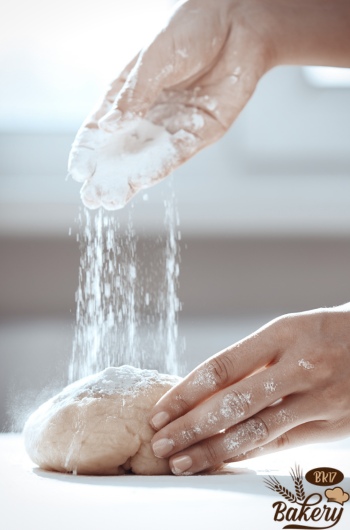
These two are quite similar to each other – except for the extra salt and baking soda leavening agent added to self-rising flours after milling. With 8 to 9% protein content, self-rising flours produce nice and high rises for fast foods/ quick bread baking.
Unfortunately, using them for yeasted bread or substitutes for other flour types seems far-fetched. I used them in my frosted cookie recipes once, and the sour tastes gave everyone in my family a wild ride to the bathroom.
But do not fret; self-raising flour is still terrific for high-rise baked goods, such as muffins, quick bread, pancakes, and scones.
2. Bakers Flours or Bread Flours
Wonder why bread flours are so perfect for baked bread? Here is their not-so-secret secret: this flour comprises milled heart wheat, coming strong with a whopping protein content of 12 to 15%.
Better yet, their impressive gluten level ensures the best chewy, structured crumb – the ideal formula for any yeasted bread. That’s why I love to use them when baking well-formed, chewy crumbs with tons of air bubbles and lift throughout; everyone in my family has been particularly enjoying baked flour in:
- Baguette
- Sourdough
- Rustic Levain
- Challah
- Bagels
- Dinner rolls
- Pretzels
3. Cake Flours
This low-protein variant is made of soft, milled wheat with silky textures, whose nutrients are bleached out to cut the protein level to only 6-8%.
Its starch is much higher than its plain flour counterpart, allowing more liquid, sugar, and fat absorption. No wonder the crumb feels moist and tender, fitting almost every cake type.
And have I talked about the visual aspect? The flour’s light colors also contribute to the cake’s aesthetic charms, delivering a dreamy white theme for your sponge or vanilla treat.
You will usually find cake flours in recipes with finer textures or demanding lower protein levels. Their presence in the following common varieties of cakes has long been considered the norm:
- Doughnuts
- Angel food cake
- Sponge cake
- Chiffon cake
- Layer cake
- Madeleines
- Quick bread
- Pound cake
- Pancakes
- Brownies
- Waffles
4. Pastry Flours
Falling somewhere between cake flour and plain flour, pastry flours are also made of soft wheat ears – but this time, with a protein level of 7 to 9%. Like the other two, it also produces the flakey, tender texture and crumb desired in common pastries.
But be warned: the moderate gluten amount makes pastry flour an ill-fit candidate for bread baking. It makes the yeasted bread turn out either too soft or too dense – and neither sounds like a good thing.
Instead, pastry flours are mostly suggested for baking formulas that require baking powder/baking soda or crispy textures. Some examples are:
- Biscuits
- Cinnamon rolls
- Tarts
- Savory and sweet pie
- Baklava
- Croissants
- Danish
5. 00 Flour
Originating from Italia, 00 flours are made of Durum wheat ears milled at the finest grinds. They enjoy medium protein levels (between 11 and 12%) and strong, less elastic gluten than some of their wheat siblings.
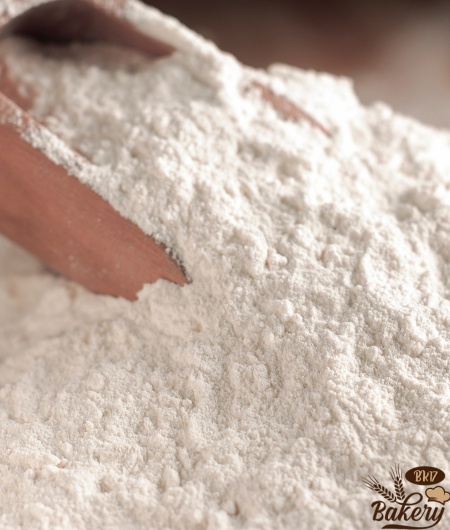
Hence, do not be surprised if your final results with 00 flour seem less chewy. But that is not necessarily a bad thing; you can make use of this unique texture for numerous recipe calls, such as:
- Pierogies
- Crackers
- Focaccia
- Flatbread and Pizza crust
- Lasagna noodles
- Gnocchi
- Pasta
6. High-Gluten or Strong Flour
Referred by seasoned chefs as high-gluten or strong flour, this variant usually complements other flour types to boost the total gluten level.
Its 13-14% protein content is coarsely milled along with the rest of the flour ingredients, requiring lots of kneading techniques to yield a supple, strong dough structure. You should incorporate them in recipes that benefit from extra structural support, like:
- Pretzels
- Bagels
- Shaped pasta (ex: orzo)
- Hand-raised pies
- Doughnuts
7. High-Protein Flour
As the name suggests pretty clearly, these flours have a very high percentage of protein compared to other versions. With at least 14% protein, there is no doubt about their dough quality: it is stronger than most!
For people wanting elastic dough and sturdy baked goods that can retain their shapes till the very end, high-protein flours are clearly one of the best choices available. They will thrive well in:
- Crackers
- Pretzels
- Bagels
- Chewy texture and crusty bread
8. Whole-Wheat Flours
Unlike other wheat flours, whole-wheat flours are milled with entire wheat kernels (instead of only a part of them, hence the name), offering 13 to 14% protein. And since it comprises the whole wheatberry, high minerals, vitamins, and fibers are only to be expected!
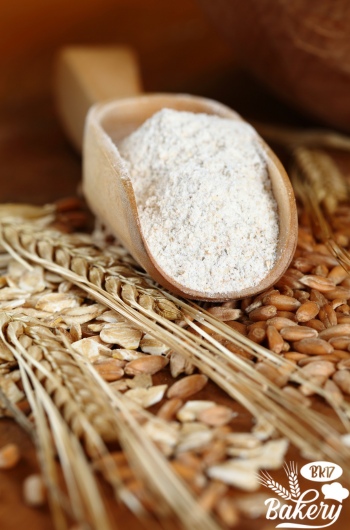
Whole-wheat flours are paired with other flours (usually lighter) to remove the cake’s heaviness while still adding nutrition and strength. They also do well in cake recipes with plenty of fat and liquid – since these substances can lighten the denser wheat.
A few dishes where whole wheat flours shine best include:
- Tart and pie crust
- Pasta
- Pizza dough
- Pancakes
- Crackers
- Cookies
- Rolls
- Bagels
- Wheat bread
One extra tip: I alway let my dough absorb liquid and rest thoroughly before baking; it helps a lot with your finished texture! And since whole wheat flours can spoil quickly (due to their wheat kernel construction), you should store them in refrigerators and freezers.
9. White Whole Wheat Flours
Another whole-wheat flour version but paler, it is made of hard, white wheat ears that also boast 13-14% protein and entire-wheat nutrients. When not bleached, these flours produce sweeter and lighter textures (still denser than plain flour, though).
If you are not too picky about the texture and taste, just treat white whole-wheat flours as standard whole-wheats – except cut down the amount to half. Many baked goods have proven to go well with these flours, such as:
- Tart and pie crust
- Crackers
- Cookies
- Quick bread
- Muffins
- Bread
10. Semolina Flour
Manufacturers produce Semolina flour (referred to by some as Pasta flour) by milling the Drum wheat endosperm. Its gluten content level is pretty impressive (13%), aided by a nutty and lightly sweet flavor.
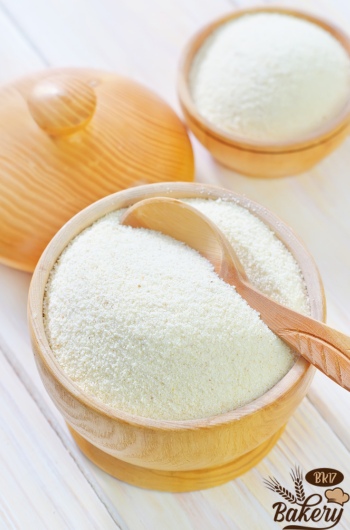
Pasta using Semolina often enjoys buttery colors and chewy dough. And aside from Pasta, why not get bold and experiment with Semolina in other uniquely-flavored, gluten-filled foods?
These are some common examples to name a few:
- Cookies
- Cake
- Tart and pie dough
- Flatbread
- Pizza
- Bread
- Lasagna noodles
- Stuffed pasta
- Short pasta
- Long pasta (fettuccine)
11. Rye Flour
Another popular ingredient in bread, this flour is produced by thoroughly milling grainy rye kernels.
While the light rye versions only use starchy endosperm (which results in airy, light dough), the darker version utilizes the entire kernel instead to produce the darkest, heaviest dough often seen in pumpernickel loaves.
Like wheat, rye flour contains gluten and about 8 to 17% protein. It is a welcomed addition to:
- Rye bread
- Pumpernickel bread
- Marble rye
- Specialty bread
- Bagels
- Crackers
- Sourdough starter
- Pancakes
12. Barley Flour
Wrapping up the list is barley flour, made by pearled barley or whole grain milling. Like wheat (except with much less gluten), barley delivers 11% protein and a slightly nutty savor that complements other flour types well.
Feel free to experiment with them; however, in my experience, they work best as a 1/2 replacement for other baking flours in:
- Gravy, sauce, stew, and soup thickener
- Quick bread
- Muffins
- Cookies
- Crackers
- Bagels
- Multigrain bread
Which Type of Flour Are The Best?
There is no definitive answer; instead, you should consider your baking project to determine which flour type works best.
Plain flour, for instance, suits versatile baking applications. Meanwhile, self-rising flour is my secret for high-rise, spongy muffins and cupcakes that make my kids savor the very last morsel on their fingers while darting out their small tongues to capture any lingering sweetness.
Pastry flour, however, goes well with delicate pastries or any food with flaky textures.
Refer to the guide above for more info.
How to Use Other Types of Flour As Plain Flour Substitutes
Can I use bread flour and wheat flour instead of all-purpose for cake? The answer is Yes.
- Bread flour: Use it as the 1:1 substitution for any recipe
- American cake flour: Cake flour can also replace all-purpose flour plain flour in the 1:1 ratio – except for bread loaves
- Whole-wheat: You should use 50/50 mixtures of white whole-wheat and regular whole-wheat for daily bread recipes. But for cookies and quick bread, use 7/8 cup whole-wheat per 1 cup all-purpose flour.
FAQs
Is self rising flour same as cake flour?
No, there are slight differences. Cake flours are soft ground wheat, while self-rising flours are fortified with baking powder and salt.
Is pastry flour the same as bread flour?
No. Pastry flours (soft wheat) have lower protein levels and suit flaky textures. On the contrary, bread flour (hard wheat) works for well-risen, strong loaves that require high protein content.
Conclusion
My guide has delved into the mystery behind all-purpose/plain flour similarities – while also exploring other popular flour types. Remember, there is no such thing as “the best kinds of flour;” they only work their magic when used in the right place!
